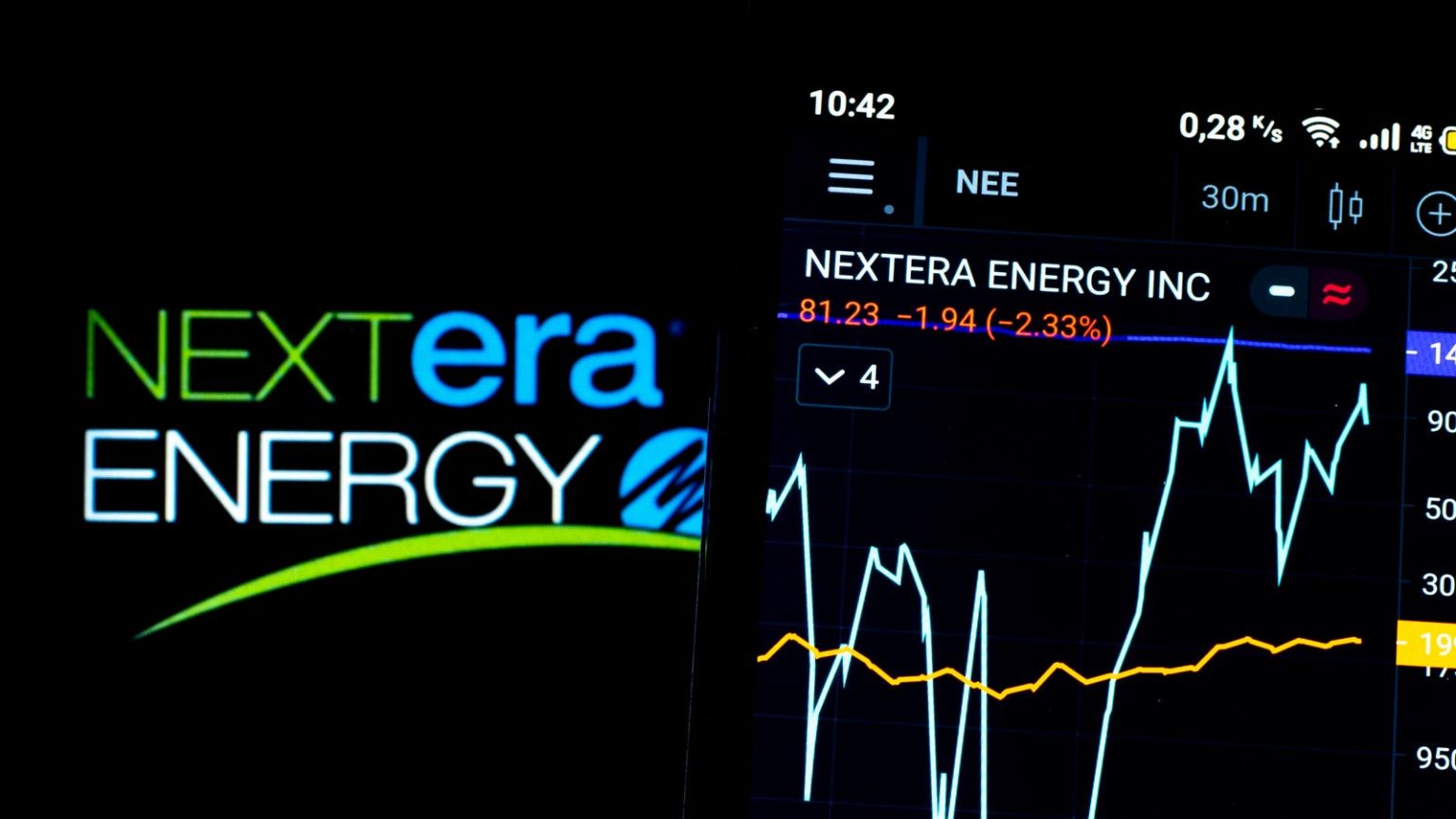Utility investors received some very good news yesterday. Roughly a month after sparking a sector-wide panic by cancelling an asset sale or “drop down” to its yieldco affiliate NextEra Energy
NEE
NEP
I highlighted the NextEra strategy shift in my October 7 post “Regarding NextEra” and again in October issue of Conrad’s Utility Investor. At the time, management asserted “it would be disappointed” if the company did not hit the high end of its earnings guidance ranges for calendar years 2023-26. Today, the utility repeated that claim, while providing its most substantial color to date on how it will achieve that.
The regulated Florida Power and Light unit stayed on track with its four-year $32 to $34 billion CAPEX plan, dispensing $2.6 billion in Q3 for 13.6 percent growth in regulatory capital. And earnings at the unregulated Energy Resources unit increased 21 percent, bringing 1,025 megawatts into service while adding a record 3,245 MW of new investment backlog.
Those backlog additions bested 3 GW for the first time in company history. NextEra is taking advantage of a combination of robust demand and less competition for projects, as less well-heeled rivals reduce spending plans. And management reaffirmed its target of developing 33 to 42 GW of new renewable energy capacity by the end of 2026.
Understandably, much of the information provided by the company as well as questions asked during the Q3 earnings call concerned financing at a time of high interest rates. And there’s still little if any indication the Federal Reserve won’t push rates even higher, though crushing investment now will inevitably bring higher inflation later.
NextEra, however, appears to have little if any exposure to higher rates through 2026, either for maturing debt or financing CAPEX. The company has made extensive use of interest rate swaps to lock in rates on what it will have to borrow and/or refinance. It has expanded its ability to sell tax equity made possible by its size and the Inflation Reduction Act, including to customers. Both regulated utility rates of return and power purchase contract prices are compensating for higher borrowing costs and inflation. And the company is enjoying falling solar component prices even as it executes efficiency efforts.
NextEra the parent took a $900 impairment charge against the value of its stake in Partners, reflecting the massive decline in that stock’s price. But Partners itself again affirmed it won’t need new growth equity until 2027, as it will boost cash flow by repowering 740 MW of wind facilities the parent jointly owns rather than drop downs. The company also reiterated its forecast for an end-2023 run-rate of $700 to $820 million distributable cash flow, which even at the low end is 2.2 times dividends.
NextEra the parent also stated flatly that it does not intend to roll-up the roughly 45 percent economic interest of Partners it does not already control.That may change. And details for the ongoing pipeline sale are still scarce, though management has promised an update at the latest when Q4 results are announced in January.
But the bottom line is the NextEra family’s long-term growth strategy is still on track. That includes the parent’s projected 10 percent annual dividend growth, with the next boost in February. And the same appears to be true of NextEra Energy Partners, which this week raised its dividend by 1.6 percent, right in line with last month’s revised guidance.
Both stocks jumped on the news as, at least for a day, investors were willing to overlook 10-year Treasury note yields closing in on 5 percent. I’m not so sure the bottom is in for either, given the elevated risk of recession and a broader stock market decline.
But so long as these companies stay solid on the inside, stock market recovery is only a matter of time when macro conditions change. In fact, we’re likely to see NextEra grow its current 20 percent share of U.S. wind/solar/storage originations as rivals leave the field. That includes rooftop solar companies, whose business model has been further shattered by the inability to offer cut rate financing to would-be customers.
Will the rest of the utility sector follow suit, showing investors they can stick with CAPEX plans and therefore guidance? NextEra’s numbers today are a hopeful portent, though hardly a guarantee.
On October 25th, we’ll hear from Avangrid Inc
AGR
PNM
CMS
FE
Of these four companies, prospects for Avangrid are probably least clear. The company’s utilities received a huge lift this month from New York regulators, who approved their $6 billion grid spending plan. But the CFO is resigning and the company paid $64 million to exit “uninvestable” offshore wind contracts in New England.
Nonetheless, I still expect management to largely affirm its previous long-term earnings growth guidance of 6 to 7 percent. And the other three should do the same: Centerpoint 6 to 8 percent through 2030, CMS 6 to 8 percent through 2027 and FirstEnergy 6 to 8 percent through 2025.
Like the rest of the utility sector, all four stocks are underwater this year and particularly since September. Those losses—and resulting low valuations—in large part reflect the concern the needed investment behind their guidance will need to be cut to reflect higher borrowing costs.
Even if, like NextEra, they demonstrate strength in the face of these headwinds, there’s no guarantee of an immediate price boost. But there’s no better sign we will eventually see an explosive recovery when interest rates become less of a concern. And barring a shocking surprise in their numbers, I’ll be sticking with them.
Read the full article here





